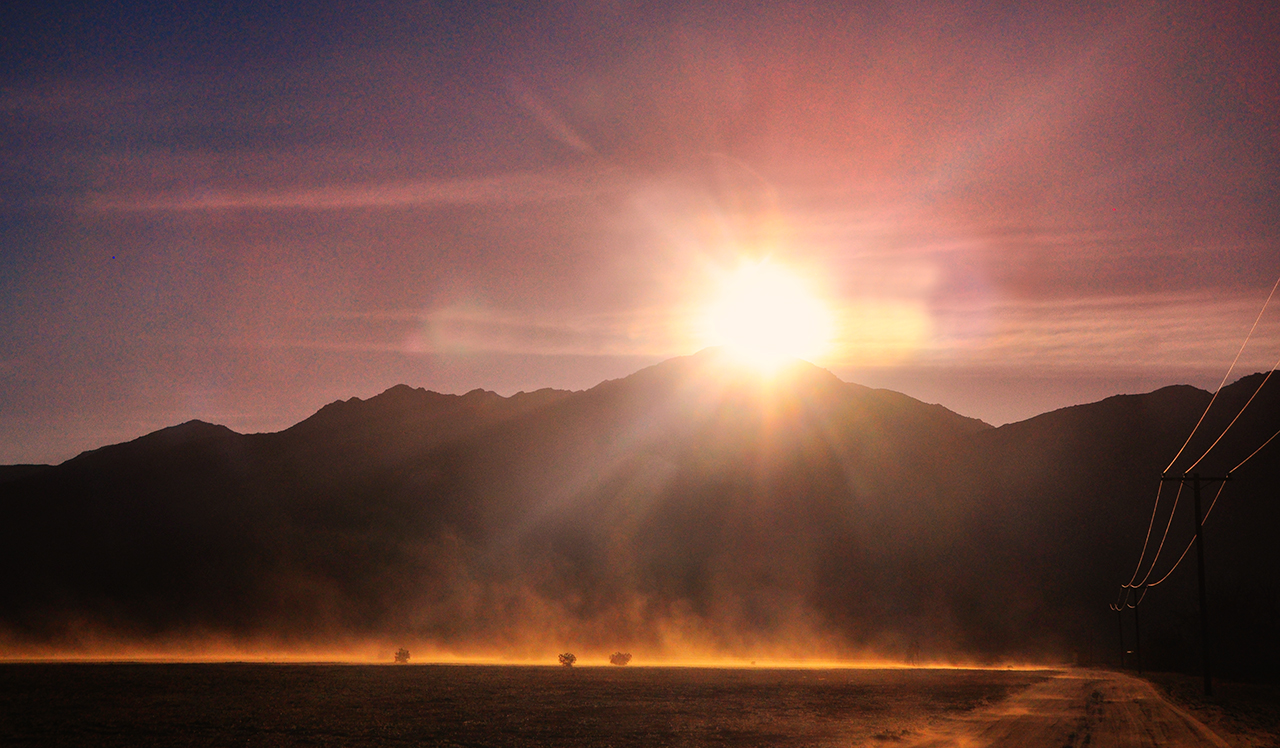Null, who tracks temperature trends for the Bay Area and beyond, summed up the month of September:
“Most of California ended the month with above normal temperatures, with average maxima (highs) ranging from 1.4 above normal at Sacramento to 5.1 above normal in San Diego (one of their warmest on record).”
“When we start seeing warm weather at the end of the season, everything has been drying out now for four months,” says Null. And that means that more moisture was baked out of the soil as high-temperature records continued to fall into October. Low soil moisture tends to heighten the fire danger and make the ground less receptive to soaking up any rain that does come along.
“Losses of soil moisture due to evapotranspiration (the combination of evaporation and the water taken up by plants) increase dramatically during warm years,” says Mount, who also co-founded the Center for Watershed Sciences at U.C. Davis.
Mount points to, among other indicators, the Palmer Drought Severity Index. While the PDSI wasn’t designed with the California climate in mind, it does take into account soil moisture as well as precipitation.
This animation tracks California’s drought through its development, from January, 2011 through early October of this year, as expressed by NOAA’s U.S. Drought Monitor. The darkest red color represents “exceptional drought.” Nearly 60 percent of the state was in this category in early October, with more than 80 percent classified as “extreme drought.” Open the controls at bottom right to vary the speed and direction. (Animation by Olivia Hubert-Allen/KQED)
“Spring started early and, due to low moisture content of soils, ended early, giving California a long, very dry summer,” says Mount. ” This is why although we ended the water year third driest, our drought index is at an all-time record. Had it been a cool-dry year we would have had a different result.”
Mount calls it, “unprecedented dryness, particularly in the south coast where they got no relief from those recent rains.”
Some places did, however. Null says both Eureka and Redding logged more then 500 percent of their normal precipitation for September (which isn’t a lot). He says it looks like the general warm-dry pattern is about to shift, though water officials told state regulators this month that California would need 150 percent of its average precipitation for this winter to be a drought buster. And though no one knows what we’ll get at this point, that much rain and snow is far below current expectations and would likely trigger local flooding and landslides.
